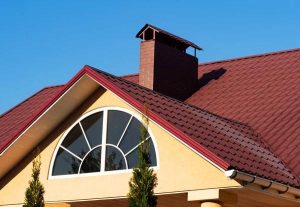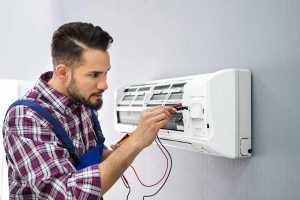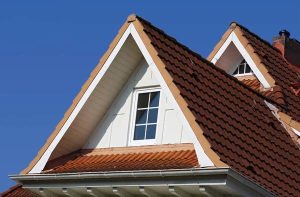Roof insulation is a critical component of any home. It plays an essential role in maintaining the temperature inside your house, keeping it warm during winter and cool during summer. This not only ensures comfort for the occupants but also leads to significant energy savings and cost reduction.
Insulating your roof is a worthy investment that pays off in the long run. It’s like putting on a protective layer between your house and the external environment. This barrier prevents heat from escaping during cold months, reducing the need for artificial heating systems. Likewise, it keeps out excessive heat during hot seasons, minimizing reliance on air conditioning units.
There are different types of roof insulation materials available in the market today. Among these are fiberglass, cellulose, mineral wool, spray foam, and rigid foam boards. Each type has its unique properties suited for specific needs and budgets.
Fiberglass is one of the most commonly used materials due to its affordability and effectiveness in preventing heat transfer. Cellulose insulation, made from recycled paper products treated with fire retardants, offers excellent thermal performance while being environmentally friendly.
Mineral wool or rock wool provides superior soundproofing benefits besides its insulating capabilities; however, it tends to be more expensive than other options. Spray Red Dirt Construction foam insulation expands upon application filling gaps efficiently but can be costly compared to traditional solutions like fiberglass or cellulose.
Rigid foam boards offer high R-values (a measure of thermal resistance) per inch thickness making them suitable for limited space applications where higher insulating value is needed.
The choice of material should depend on various factors such as climate conditions where you live, budget constraints as well as specific requirements like soundproofing or moisture control.
Proper installation is equally crucial to ensure maximum efficiency of roof insulation. It must cover all areas without leaving any gaps which could lead to energy loss through conduction or convection processes.
Moreover, ventilation should also be considered when installing roof insulation since trapped moisture can lead to mold growth and structural damage over time. A well-ventilated roof allows moisture to escape, thus maintaining the integrity of both the insulation and the roof structure.
In conclusion, roof insulation is a practical solution that contributes significantly towards energy conservation and cost reduction in homes. It offers multiple benefits including improved indoor comfort, reduced greenhouse gas emissions, and increased home value due to its energy-efficient feature.
Choosing the right type of insulation material based on your specific needs and ensuring proper installation are key steps towards reaping these benefits. Always engage with professionals who have vast experience in this field for best results. Remember that an adequately insulated roof is not only beneficial for you as a homeowner but also contributes positively to global efforts against climate change by reducing energy consumption.
Red Dirt Construction
51 S River Rd Suite B, Eagar, Arizona 85925
928-862-5869





